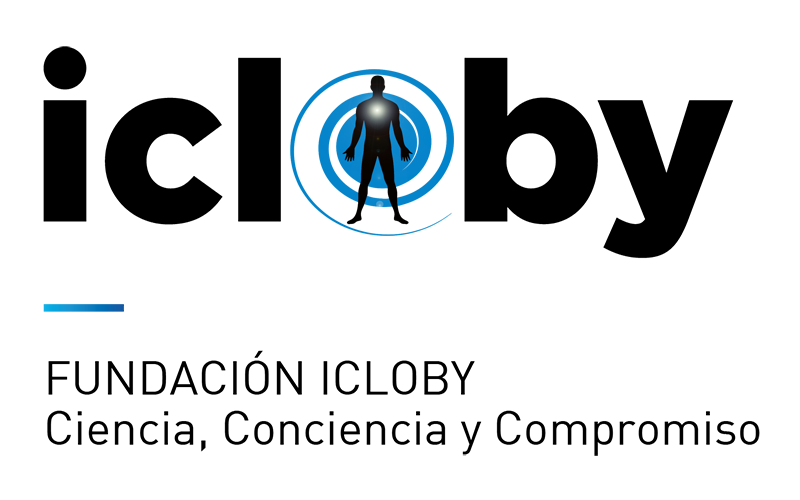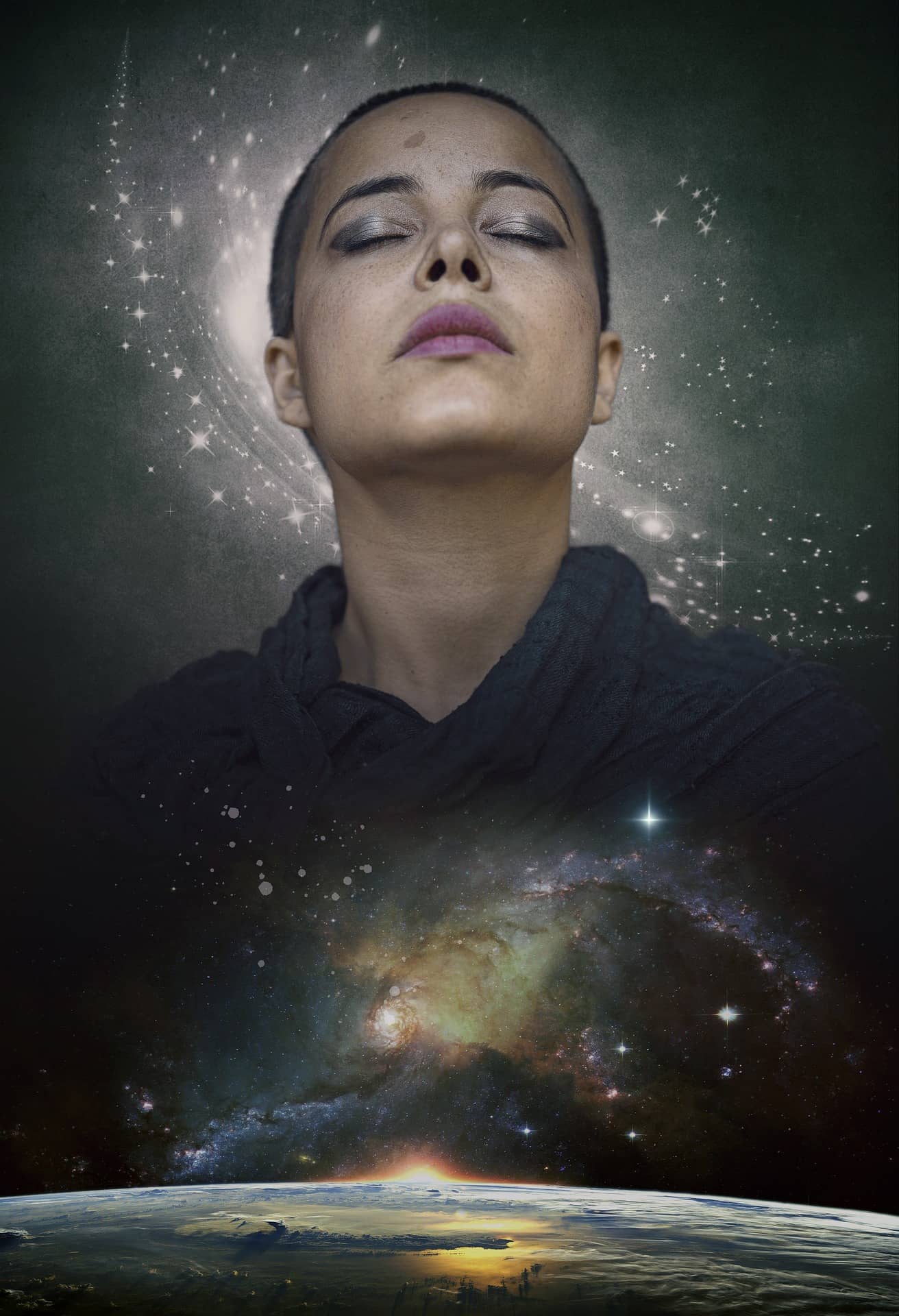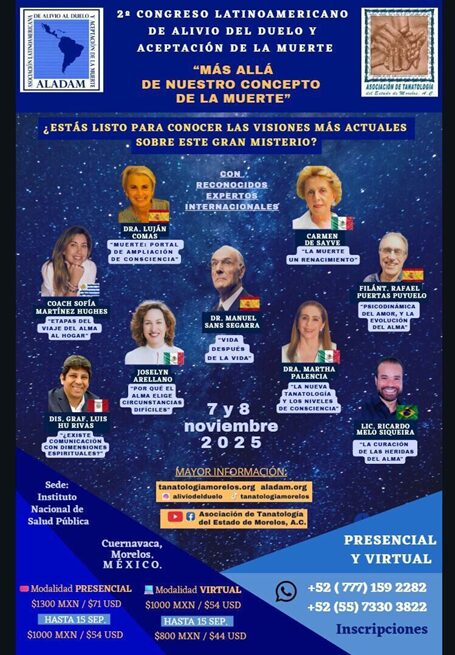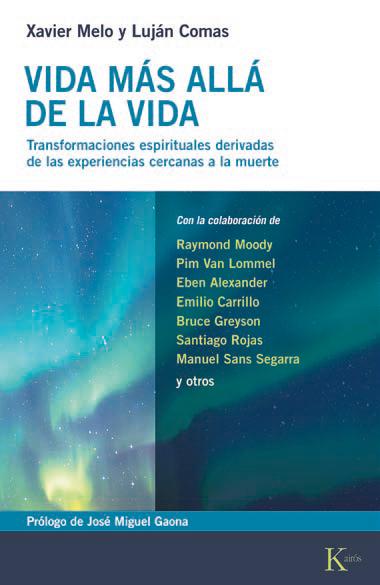Revisão de um modelo neurocientífico de experiências de quase morte de Charlotte Martial et al
https://www.nature.com/articles/s41582-025-01072-z
Xavier Melo
Como aqueles que seguem a literatura científica sobre experiências de quase morte (EQMs) saber, Charlotte Martial e sua equipe propõem um modelo naturalista baseado em uma afirmação principal: Todas as experiências humanas são produzidas pelo cérebro.
Diante do desafio claro que os NDES posam para este princípio, Martial e sua equipe só podem sugerir que essas experiências ocorrem nos breves segundos após uma prisão cardiorrespiratória, não quando o cérebro para de funcionar.
Neste novo artigo publicado em Natureza, O trabalho da equipe é um esforço contínuo para defender esse princípio: que todas as experiências são produzidas pelo cérebro. Para apoiar isso, O artigo combina estudos, Principalmente da própria equipe do Martial, com cetamina, DMT, picos elétricos no eletroencefalograma (EEG) antes da morte, desmaio, Rem Intrusions, e a secreção de certos neurotransmissores, junto com a alegação de que o cérebro pode “desconectar” do meio ambiente enquanto proporciona uma experiência hiperreal.
Enquanto cada um desses estudos apresenta problemas, Como discutido anteriormente em outras entradas, Martial sugere que sua visão geral fornece um “base robusta” Para explicar neurocientificamente os NDEs.
Certamente, Esta afirmação vem com um custo: Cada um desses estados cerebrais ocorre na consciência comum sem gerar um NDE. Por isso, é razoável supor que o NDE ocorra em sua ausência, aquilo é, Quando o cérebro não está em nenhum desses estados. No entanto, desenvolvendo isso “base robusta” não é tão simples quanto veremos na análise detalhada do artigo.
Na primeira página, Os autores reconhecem que os NDEs podem ocorrer em situações onde a vida não está ameaçada, Mas eles sugerem que são um produto de um mecanismo de defesa do cérebro. O vago conceito de “desconectado” é proposto para um estado cerebral ativado sem conexão com o mundo exterior. Esta ideia é referenciada apenas por um dos autores, e como afirma que a experiência humana vem do cérebro, o artigo, de certa forma, torna -se trivial. Por último, Uma escala de validação ad hoc é proposta pelos próprios autores.
Na página 2, Os eventos que ocorrem no cérebro durante os primeiros segundos após uma parada cardíaca são discutidos como possíveis elementos explicativos do NDES. No entanto, Não é explicado como isso pode acontecer sem uma parada cardíaca ou sob anestesia. Modelos neurofisiológicos são descritos, pulando de correlações para explicações sem nada para apoiar essa mudança. O artigo reconhece a falta de valor evolutivo dos NDEs, mas não aborda como isso pode afetar a neurociência. O dualismo é adequadamente explicado, mas é falsamente afirmado que não tem um “robusto” base.
Na página 3, A linha cronológica de estudos da NDE exclui grosseiramente todas as pesquisas cujas conclusões apóiam uma base dualista. Adicionalmente, Uma série de estudos envolvendo estimulação transcraniana e experimentação de drogas, Freqüentemente da equipe do Martial, são citados, alegando imitar as NDEs. No entanto, Nem os estudos de Blanke nem Timmerman, nem o próprio, replicar obes (Experiências fora do corpo) ou NDEs, como mostrado em discussões anteriores.
Na página 6, endorfinas são propostas como causando o bem-estar ou euforia durante um NDE, Mas é esquecido que esses estados desaparecem quando o NDE termina, mesmo que as endorfinas permaneçam no cérebro. Também sugere -se que uma tendência entre os sobreviventes de coma de reunir memórias ilusórias poderia explicar a hiperrealidade dos NDES. No entanto, não é estudado se aqueles com ndes sem esse recurso têm menos “Hiperreal” experiências.
Na próxima página, O artigo levanta a hipótese de que os mecanismos cerebrais explicados anteriormente podem causar figuras como a hiperrealidade, luzes, Obes, etc., Mas nenhum teste é fornecido para confirmar essas hipóteses. Estudos de Parnia e outros que fornecem conteúdo verificável são descartados como não confiáveis.
Na página 8, As intrusões REM são propostas como explicativas, apesar das diferenças fenomenológicas significativas. Ondas cerebrais teta e delta, Gravado em diferentes estados incompatíveis com a consciência lúcida, são interpretados aqui como possíveis causas de NDEs.
Na página seguinte (página 9), É declarado adequadamente que a atividade cerebral cessa em segundos de uma parada cardíaca, Mas isso não parece representar uma ameaça ao seu modelo.
Para concluir, tudo isso “Maybes,” “poderia,” e “talvez” Magicamente se transforma em um modelo robusto nas conclusões - confiando, incompreensível, e sem sentido. É uma tentativa grosseira de manter uma posição sem rigor científico, promovendo a validação de hipóteses graves.
O artigo da Martial reitera uma prerrogativa comum de modelos naturalistas: dentro do 20 segundos após uma parada cardíaca, NDEs devem ocorrer, Então, o que quer que aconteça com o cérebro durante esse período é considerado uma explicação post hoc. Como Radin avisou, Esses modelos tendem a ignorar fenômenos que não se encaixam nessa prerrogativa, como curas anunciadas, Experiências no Darién Gap, Eventos verificados durante a prisão em diferentes populações - incluindo os cegos, crianças, Eventos remotos verificados, consciência lúcida sob anestesia, Memórias formadas sob hipóxia ou visão em indivíduos cegos nascidos, Encontros com parentes falecidos no momento da prisão, e outros.
Martial e sua equipe têm uma posição acadêmica suficiente para mencionar alguns desses fenômenos, Mas eles os descartam completamente. Paradoxalmente, Eles solicitam a “base robusta” Para uma série de conjecturas que não são atravessáveis em pesquisas científicas ou já foram totalmente desacreditadas. Estes são os últimos suspiros de manter uma posição que é irracional, não científico, e insustentável porque simplesmente não explica a realidade.





